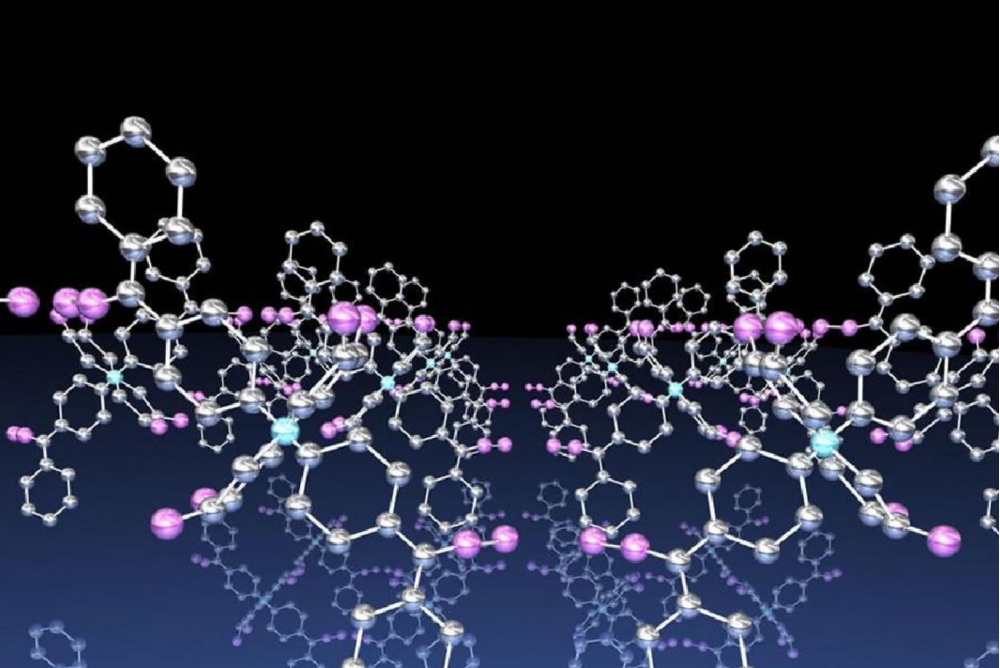REACWARE

1Introduction
The compliance voltage supplies the extra potential needed to drive the potentiostat to the desired potential.
Let’s review two potentiostat fundamentals.
The potential is measured between the working and reference electrode.
The current is driven between the counter and working electrode.
When the potential between the working electrode and reference electrode changes, it is the result of current that flows between the counter and working electrode. To drive current, a voltage must be applied between the counter and working electrode. The compliance voltage is the maximum voltage that can be applied between the counter and working electrode (see Figure 1).

Figure 1. Diagram of electrode leads that connect to your potentiostat; GREEN is counter, WHITE is reference, and RED is working. RCTR represent the resistive elements between the reference and counter electrode. RWRK represent the resistive elements between the reference and working electrode.

2.1How to spot a compliance voltage issue?
Researchers can identify a compliance voltage issue if the applied potential is never reached during an experiment. In figure 2, the cyclic voltammogram was swept between +4 and -4 V. However the potential only reaches ~ +2 and -2 V, as indicated by the black circles.
A compliance voltage issue becomes apparent when looking at the applied potential waveform. In figure 3, the orange trace represents the applied potential waveform entered by the user. The red trace, however, is the actual potential waveform applied by the potentiostat.

Figure 3. Potential waveform for cyclic voltammogram. The orange trace is applied potential, and the red trace is actual potential.
2.2Suggestions for troubleshooting compliance voltage issues
We understand that troubleshooting a compliance voltage issue is dependent on the electrochemical system. Below is a list of suggestions for troubleshooting a compliance voltage issue.
If the counter electrode is in a fritted isolation tube, removing the isolation tube can help overcome the compliance voltage. This is only a solution if the counter and working electrode don't need to be separated.
A small counter electrode can make it difficult to drive current to the working electrode. This can result in a compliance voltage issue as the potentiostat will increase the voltage to drive my current. Increasing the size of the counter electrode can alleviate this issue.
There must be charge balance between the working and counter electrode. The potentiostat will attempt to increase the voltage at the counter electrode if insufficient current is generated at the counter electrode compared to the working electrode. The addition of a sacrificial redox molecule that is easily oxidized or reduced, (depending on the working electrode reaction) for the counter electrode to electrolyze can prevent a compliance voltage issue.
If the electrochemical system or it's conditions cannot be changed, then the only solution is to purchase a new potentiostat with a higher compliance voltage.

